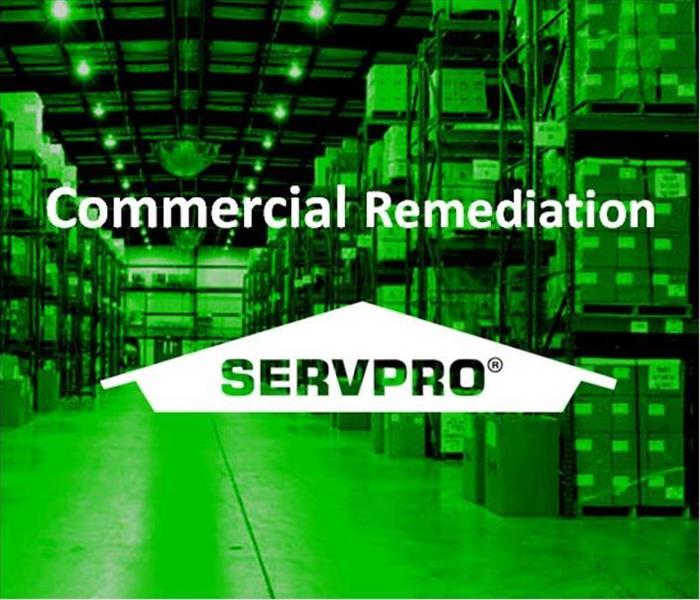3 Things to Know About Sandbags
4/29/2021 (Permalink)
Flash floods are a common occurrence during the spring in Massachusetts. When faced with a storm in Newton, MA, you may be considering the possibility of a sand bag wall to protect your commercial property. Many flood damage restoration services recommend taking steps to mitigate damage before it occurs as a way to protect the property and reduce clean up times and costs. A flood dam is one way to do this. Here is what you may want to know.
How They Work
In most cases flood dams work by directing water flow away from the threatened area. Many people choose sandbags as they are easy to build in a variety of protective formations. Dry sand is loaded into the bag, and the bag is then folded and placed to create a wall. When the water reaches the wall it is absorbed by the sand which then becomes heavier, harder to move, and creates a tighter seal.
Where to Place Them
When creating a sand bag barrier to protect your commercial property it’s recommended to construct it in a way that directs the flow of water rather than trying to block it. This will put less force on the wall, and keep the water moving to a safe drainage location. Consider setting the barrier up so that the water flows down hill and away from the property, or into a drainage ditch or open field where it can disperse safely.
When to Use Them
One of the best ways to reduce flood damage is to know when to use a flood dam. In most cases you may want to consider the use of sand bags any time you believe flooding may pose a high risk to the property.
Using these tools properly may help you reduce the amount of damage your commercial property could face in the next big storm.
When you first suspect water damage to your commercial property, immediate resolution will save you time and money. Prolonged exposure to moisture or damp, structural elements allows for more compromising effects like structural deterioration or mold growth. The Disaster Remediation Teams at SERVPRO of Newton/Wellesley have a fast and thorough response that will help you identify the cause of your water loss. Call us at (617) 332-9000! We will make it, "Like it never even happened."






 24/7 Emergency Service
24/7 Emergency Service
